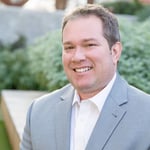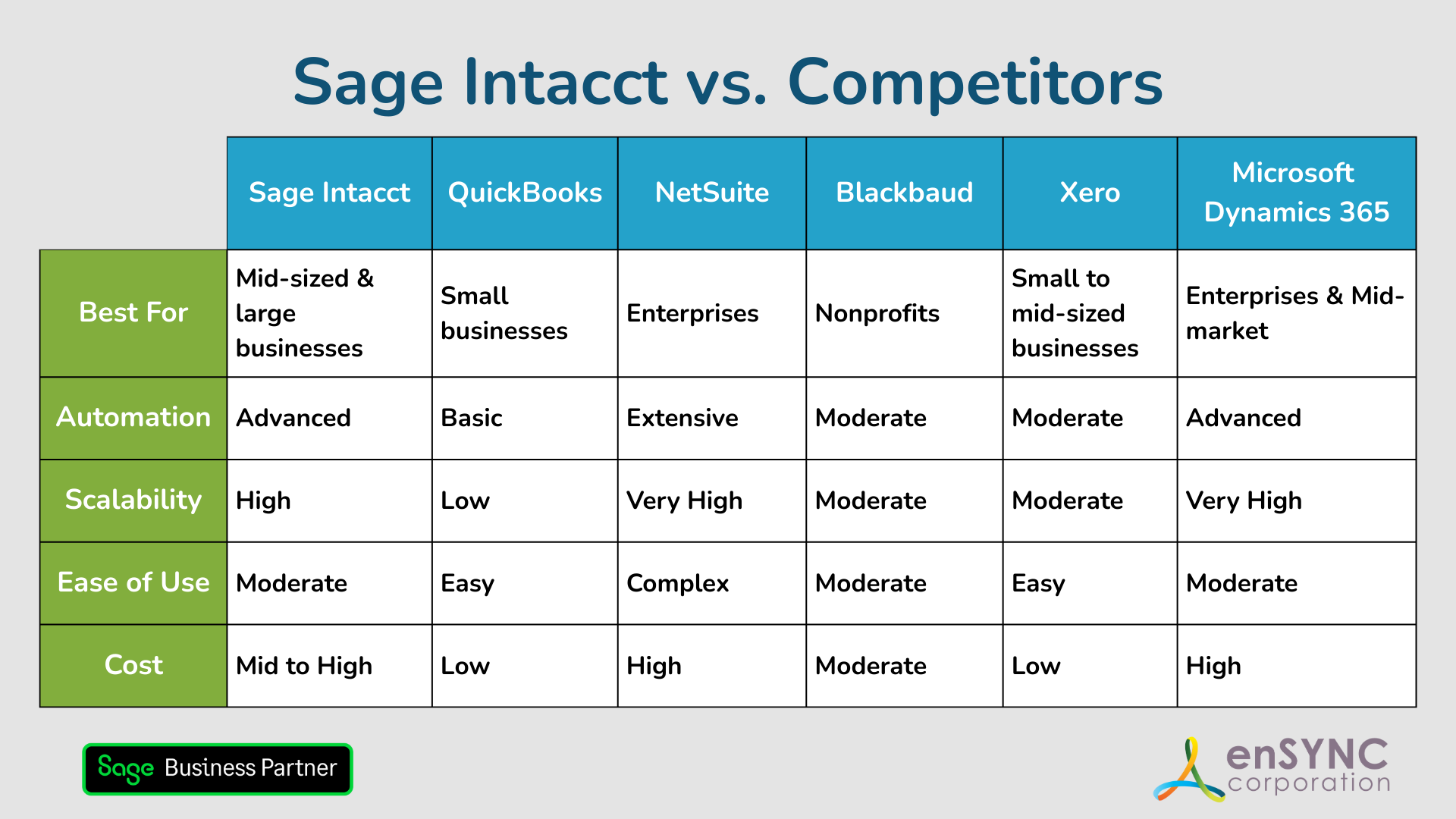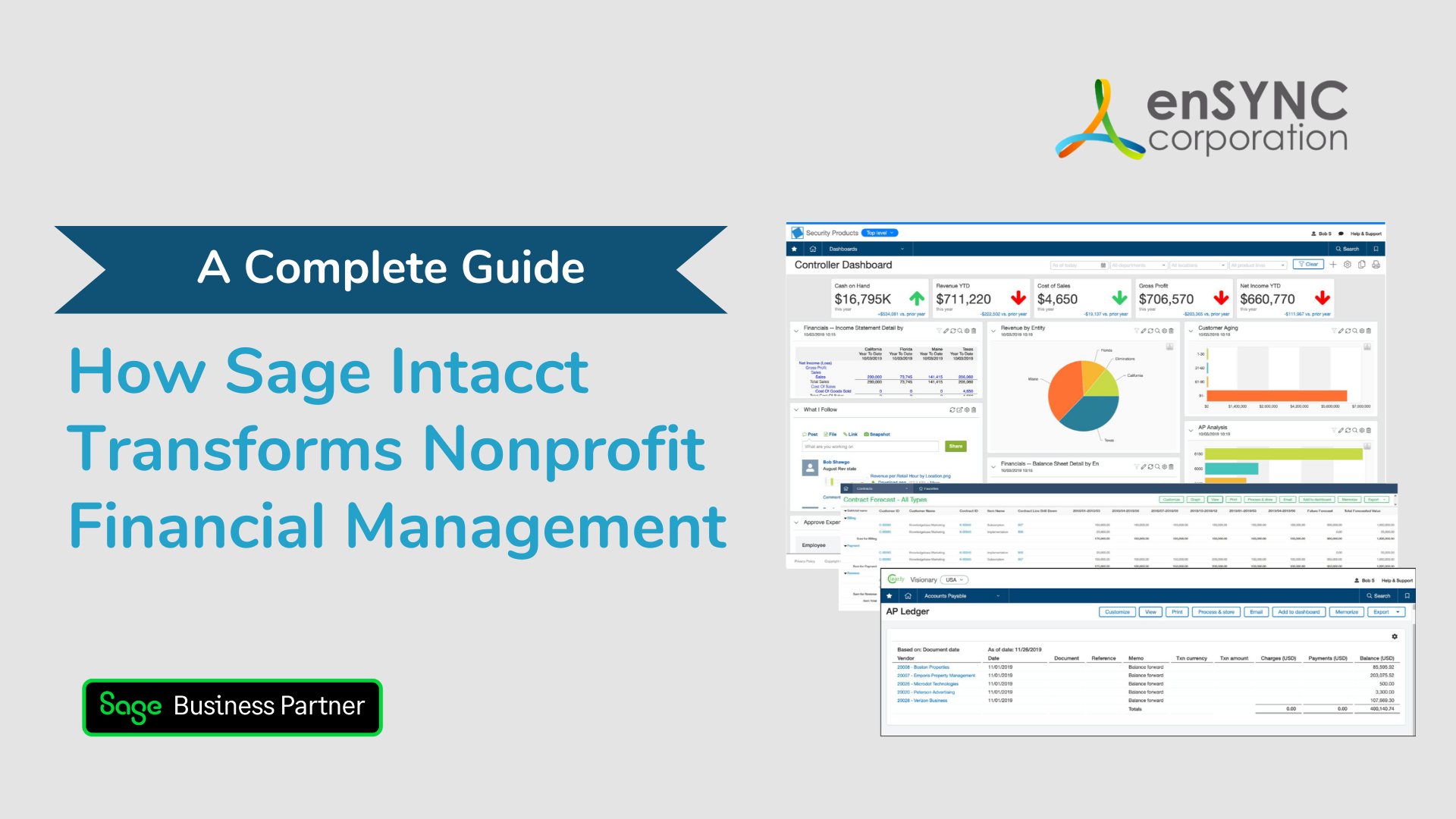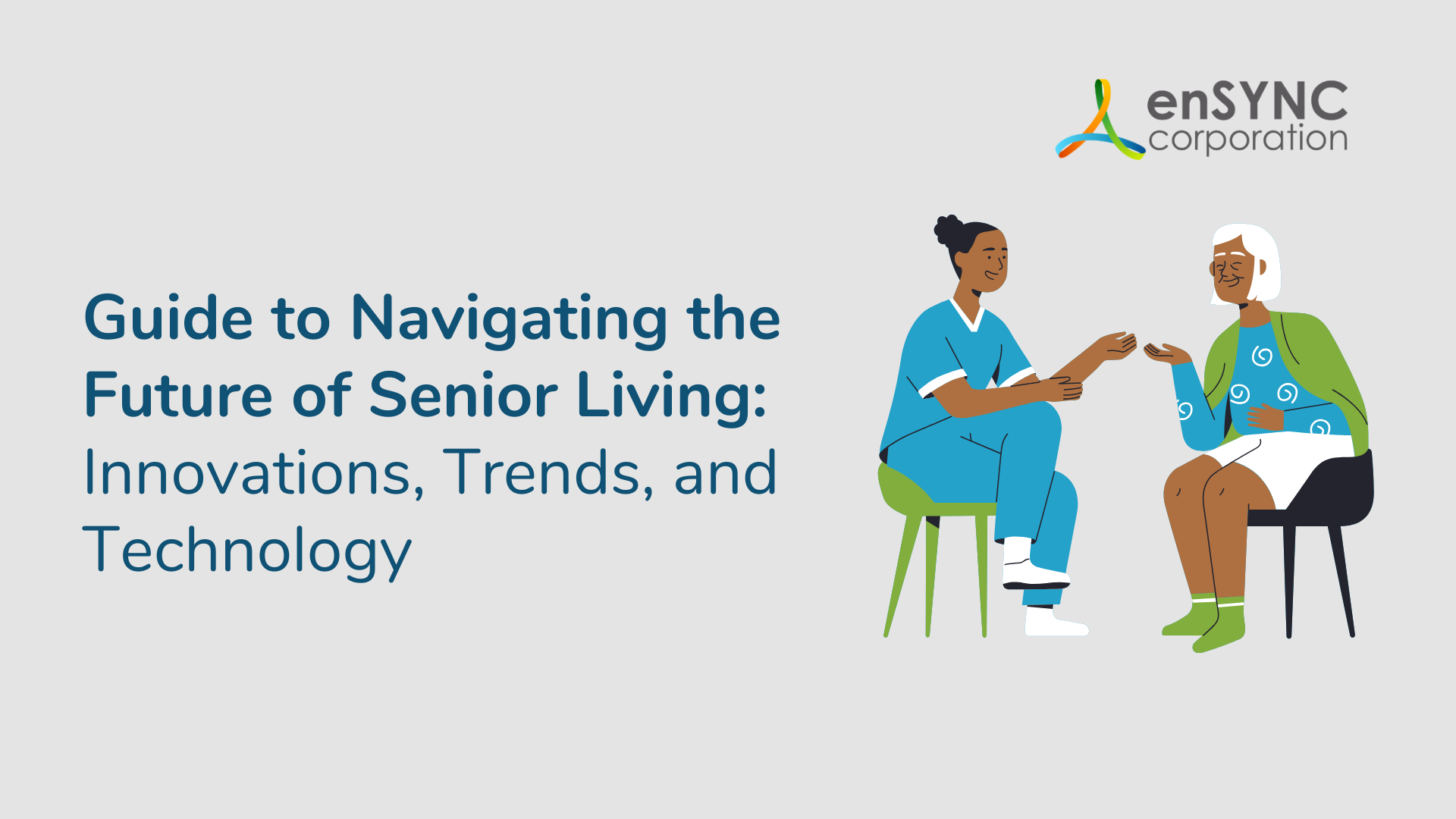Strategy & planning | Senior living | Financial management
Making a Financial Sustainability Plan for Your Organization
March 20, 2024
|
With life expectancy rising and the senior community growing, senior living organizations play a vital role in providing care to the elderly. However, with this comes the challenge of sustaining financial longevity in an evolving landscape. For administrators and financial planners in senior living, prioritizing a financial sustainability plan isn’t just good practice, it’s a necessity for growth.
Financial sustainability is a must for long-term success. It’s what allows senior living communities to offer the best support and services to their residents.
With the right financial planning in senior living, supported by robust accounting and financial planning solutions, organizations can weather both the predictable cycles and unexpected storms of business operations.
Understanding Financial Sustainability
At its core, financial sustainability refers to strategizing and using resources to ensure long-term profitability, stability, and resilience. For senior living organizations, it means navigating the challenges of care costs, regulatory compliance, and competitive markets, all while maintaining exceptional service and care standards.
To thrive, such organizations must leverage a range of strategies, incorporating nonprofit sustainability techniques, such as leadership succession planning and strategic planning into their operational playbook.
Key Components of a Financial Sustainability Plan
Developing a financial sustainability plan calls for a multifaceted approach. The best online accounting and financial planning for senior living services will help you:
- Get a Handle on Operating Costs: Detailed knowledge of day-to-day expenditures is foundational. Understanding every line item from operations to staffing can allow for more informed budgeting and strategic planning.
- Forecast Resident Revenue: Factoring in the revenue from existing and new residents can help you better understand your resident turnover rates and how changing demographics affect your income streams.
- Identify Future Capital Expenditures: Considering future investments in facilities and technologies keeps future growth in view. Being one step ahead with capital projects ensures you are not caught off guard by emergency expenses that can destabilize your financial standing.
- Build a Contingency Fund: Unforeseen events — from natural disasters to pandemics — can have drastic financial implications. A contingency fund provides a safety net that can keep operations running smoothly in times of crisis.
- Address Customer Acquisition and Marketing Expenses: This item can often be overlooked in financial planning, but investing in marketing is investing in your organization's future. Attracting new residents requires a thoughtful and consistent marketing strategy that conveys your brand's value and ethos.
- Review, Revise, and Revisit as Needed: The only constant is change. Regularly revisiting and revising your financial plan in response to new data, market trends, and resident needs will keep your strategy relevant and effective.
Financial Planning for Senior Living: More Than Numbers
While the components above outline a structured approach to financial planning, there’s an intangible aspect to financial sustainability — the human element. Succession planning involves preparing for the inevitable transitions in leadership, ensuring that as board members or executives retire or move on, there’s a pipeline of capable individuals ready to steer the organization forward.
Simply put, the holistic health of an organization is not just maintained by the numbers in its accounts, but also by the people at its helm and the legacy of leadership they cultivate.
In aiming for a sustainable future, administrators must wear the strategist's hat, balancing immediate necessities with long-term goals. Using the steps sketched out here and with accounting and financial software designed with senior living nonprofits in mind, you can establish the groundwork for not just surviving but thriving in the senior living sector.
For your organization to thrive, remember to plan diligently, act strategically, and revise continually.
Ready to Put a Financial Sustainability Plan in Place? We Excel in Financial Planning for Senior Living.
Learn how enSYNC can use Sage Intacct can help support your mission of financial sustainability.

Chadd Arthur is a seasoned professional with over 25 years of experience in the non-profit sector, specializing in process improvement and the strategic alignment of organizational goals with technology solutions. Leveraging his extensive expertise, Chadd conducts regular strategic assessments for organizations, guiding them towards enhanced efficiency and effectiveness. With a profound passion for aiding clients in recognizing the value of process improvement, Chadd leads our team in secure technology solutions that directly contribute to their mission success. His commitment to excellence is evident in his contributions to the industry, including participating in panels and serving as a thought leader to a network of non-profit professionals. Chadd earned his MBA from Indiana University Bloomington and resides outside the greater Chicago area. Chadd not only brings a wealth of knowledge and experience but also a dedication to making a meaningful impact in the non-profit space.
Recent Posts

Sage Intacct vs. Competitors: Finding the Best Accounting Solution for Your Nonprofit
Choosing the right accounting software is a critical step for any organization — and a deeply personal one, too. How to choose the accounting...

How Sage Intacct Transforms Nonprofit Financial Management: A Complete Guide
Staying on top of financial management is crucial for all businesses, especially nonprofits. Nonprofits often have limited resources and handle...
Enjoying our blog?
At enSYNC, we want to empower associations and nonprofits to make well-educated decisions. If you want our industry knowledge (and other free guides) sent directly to your inbox, fill out the form below.

